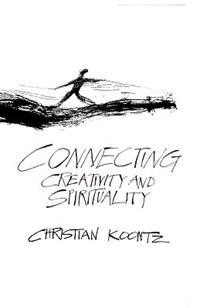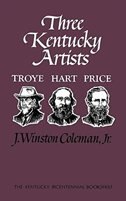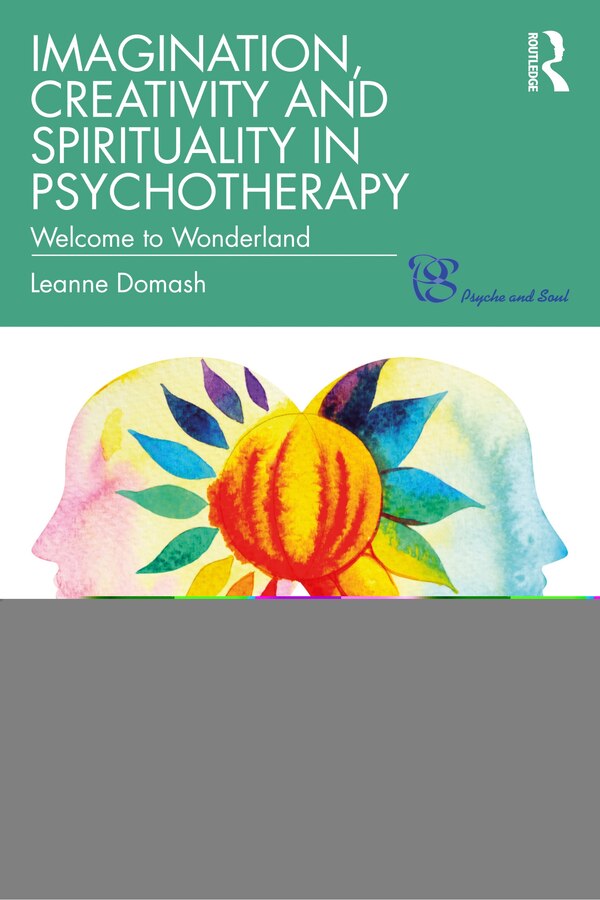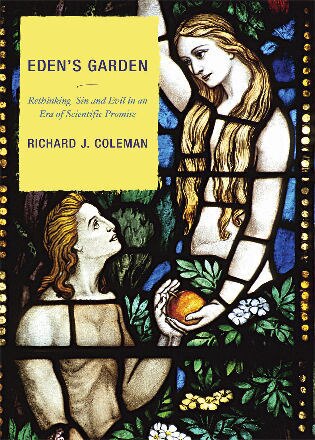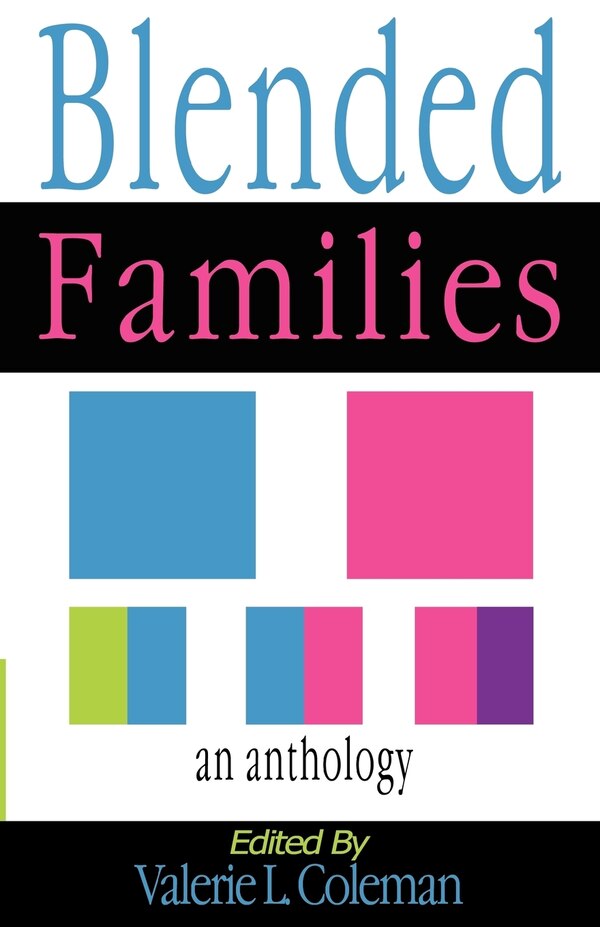
Choice Made Simple!
Too many options?Click below to purchase an online gift card that can be used at participating retailers in Village Green Shopping Centre and continue your shopping IN CENTRE!Purchase HereHome
Creativity and Spirituality by Earle J. Coleman, Paperback | Indigo Chapters
Coles
Loading Inventory...
Creativity and Spirituality by Earle J. Coleman, Paperback | Indigo Chapters in Vernon, BC
From Earle J. Coleman
Current price: $45.95

Coles
Creativity and Spirituality by Earle J. Coleman, Paperback | Indigo Chapters in Vernon, BC
From Earle J. Coleman
Current price: $45.95
Loading Inventory...
Size: 1 x 9 x 350
*Product information may vary - to confirm product availability, pricing, shipping and return information please contact Coles
From the architecture of Frank Lloyd Wright to the rock gardens of Zen Buddhism, Coleman explores applied, fine, and folk arts in order to uncover points of coalescence between art and religion. Drawing from six living faiths (Buddhism, Christianity, Hinduism, Islam, Judaism, and Taoism), this book philosophically analyzes relations between art and religion in order to explain how the concepts art, beauty, creativity, and aesthetic experience find their place or counterparts in religious discourse and experience. Coleman repeatedly shows that aesthetic ideas can serve as bridges to spiritual categories, as when he relates aesthetic bliss to the peace that passes all understanding.The author follows a three-fold approach; first, he examines ideas and motifs from religious classics in world literature, such as Lao Tzu's Tao Te Ching and The Interior Castle by Teresa of Avila, in order to relate them to aesthetic phenomena. Second, he turns to the statements of artists, such as Leo Tolstoy, Vincent van Gogh, Paul Gauguin, Shih-t'ao, and Wassily Kandinsky, for themes and practices that have religious significance. Third, he analyzes and evaluates the writings of various theoreticians-philosophers, theologians, art critics, sociologists, and psychologists-on the relations between art and religion. Coleman demonstrates, for example, that Martin Buber's I-Thou relationship captures much that is central to art, creativity, and aesthetic experience as well as to religious life. Among the themes that receive sustained treatment are: the varieties of union in art and religion, the child as a paradigm for artists and saints, and creativity as essential to religion. Finally, the author critically weighs proposed distinctions between art and religion and between the broader categories of the aesthetic and the spiritual, rejecting some and showing how others are compatible with his proposal that the aesthetic and the spiritual are cognate categories. | Creativity and Spirituality by Earle J. Coleman, Paperback | Indigo Chapters
From the architecture of Frank Lloyd Wright to the rock gardens of Zen Buddhism, Coleman explores applied, fine, and folk arts in order to uncover points of coalescence between art and religion. Drawing from six living faiths (Buddhism, Christianity, Hinduism, Islam, Judaism, and Taoism), this book philosophically analyzes relations between art and religion in order to explain how the concepts art, beauty, creativity, and aesthetic experience find their place or counterparts in religious discourse and experience. Coleman repeatedly shows that aesthetic ideas can serve as bridges to spiritual categories, as when he relates aesthetic bliss to the peace that passes all understanding.The author follows a three-fold approach; first, he examines ideas and motifs from religious classics in world literature, such as Lao Tzu's Tao Te Ching and The Interior Castle by Teresa of Avila, in order to relate them to aesthetic phenomena. Second, he turns to the statements of artists, such as Leo Tolstoy, Vincent van Gogh, Paul Gauguin, Shih-t'ao, and Wassily Kandinsky, for themes and practices that have religious significance. Third, he analyzes and evaluates the writings of various theoreticians-philosophers, theologians, art critics, sociologists, and psychologists-on the relations between art and religion. Coleman demonstrates, for example, that Martin Buber's I-Thou relationship captures much that is central to art, creativity, and aesthetic experience as well as to religious life. Among the themes that receive sustained treatment are: the varieties of union in art and religion, the child as a paradigm for artists and saints, and creativity as essential to religion. Finally, the author critically weighs proposed distinctions between art and religion and between the broader categories of the aesthetic and the spiritual, rejecting some and showing how others are compatible with his proposal that the aesthetic and the spiritual are cognate categories. | Creativity and Spirituality by Earle J. Coleman, Paperback | Indigo Chapters

